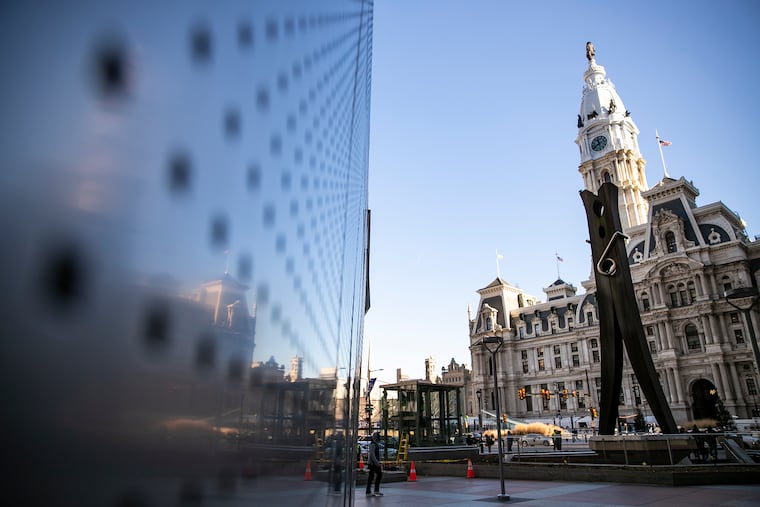Claes Oldenburg, who designed ‘Clothespin,’ has died
Aside from the Clothespin, Oldenburg left his mark on Philadelphia with three other sculptures. He was 93.

Aside from the Clothespin, Oldenburg left his mark on Philadelphia with three other sculptures. He was 93.
